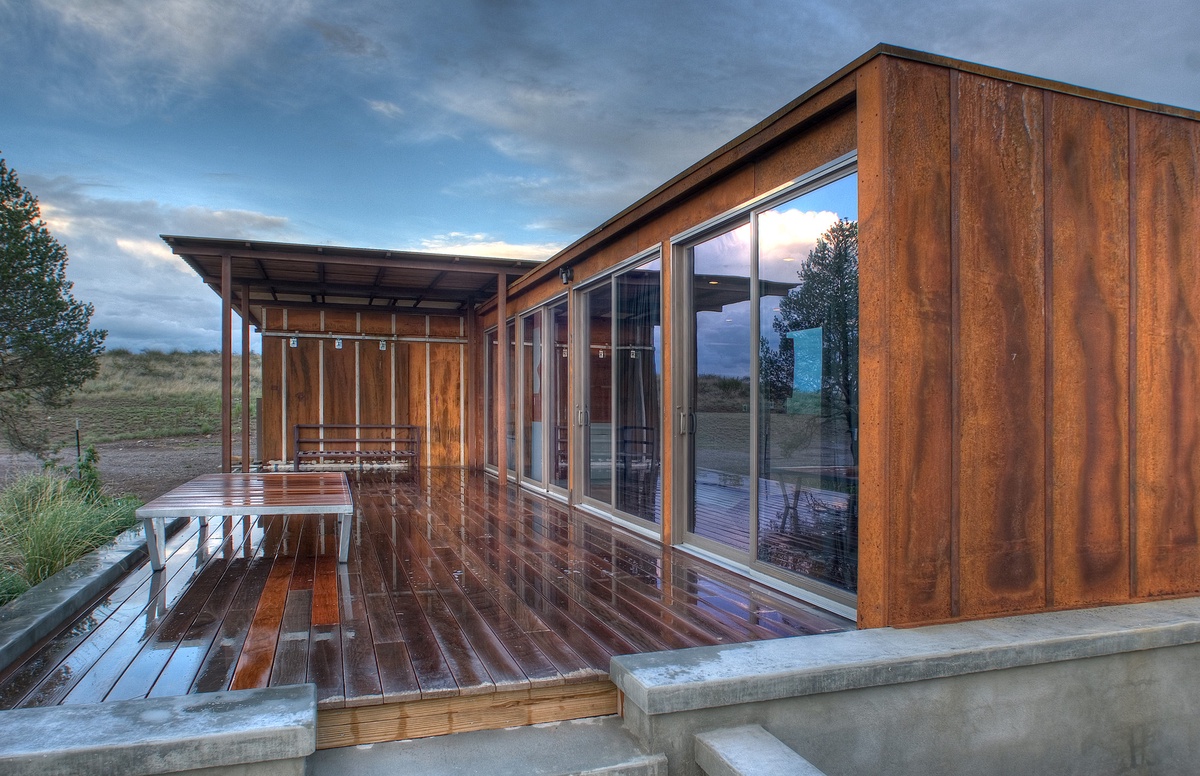In today's world, the concept of prefab homes is gaining more and more attention. Prefabricated homes, or "prefabs," are pre-made offsite and then assembled on the final site, offering an attractive alternative to traditional construction methods. Understanding prefab homes can help you make an informed decision when it comes to choosing a home that best suits your needs. This blog post aims to explore the benefits and drawbacks of prefab homes, including their cost, customization options, and durability. We will also delve into the environmental impact of prefab homes and how they compare to traditional homes in terms of sustainability. By the end of this blog, you will have a better understanding of the advantages and disadvantages of prefab homes, and whether they are the right choice for you. Whether you are considering building a new home or looking for a quick and efficient housing solution, this blog post will provide you with the information you need to make an informed decision. So, let's dive in and explore the world of prefab homes
Prefab Homes
Prefab homes, also known as prefabricated homes, are a type of housing that are built off-site in a factory and then transported to their final location for assembly. These homes can be a great option for those looking for a quick, affordable, and eco-friendly housing solution. They are often made with sustainable materials and energy-efficient features, reducing the environmental impact of building a home. Prefab homes can also be customized to meet the specific needs and preferences of the homeowner, allowing for a personalized living space. Additionally, the controlled environment of a factory ensures consistent quality and reduces the risk of weather-related construction delays. Overall, prefab homes offer a convenient and sustainable alternative to traditional home building methods.
Benefits: Convenience, Cost
When it comes to making purchasing decisions, consumers are always looking for the best value for their money. Convenience and cost are two key factors that can significantly impact a consumer's buying decision. Convenience refers to the ease and accessibility of a product or service, while cost relates to the price tag. Offering convenience and cost-effectiveness to customers can set a business apart from its competition, as these benefits can help build customer loyalty and drive repeat business. Providing a convenient and cost-effective solution can improve customer satisfaction and increase the likelihood of positive word-of-mouth referrals. Therefore, businesses should always prioritize these benefits when designing their products or services.
Drawbacks: Lack of Variety, Permits
One of the significant drawbacks in many areas of business is the lack of variety in products, services, or ideas. This can be a hindrance to growth and innovation, as customers may become disinterested in the offerings and seek alternatives elsewhere. Moreover, some industries may require permits or licenses that can be time-consuming and costly to obtain. The process of acquiring such permits can be a challenge, especially for small businesses, and can limit their ability to operate effectively. It is important for businesses to find ways to diversify their offerings and streamline the permit process to ensure they can meet the needs of their customers while complying with regulations.
Customization Options: Additions, Materials
When it comes to customization options, additions and materials are two key factors that can dramatically enhance the final product. Whether you're looking to add unique features to a piece of furniture, or improve the functionality of a piece of equipment, the right additions can make all the difference. Similarly, materials can help to elevate the quality and durability of a product, as well as add a touch of luxury or style. From the finest woods and metals to high-tech composite materials, there are a vast array of options available to help you achieve your desired look and feel. By carefully considering these customization options, you can create a truly unique and personalized product that meets your specific needs and preferences.
Popular Prefab Home Styles
When it comes to choosing a prefab home style, there are several popular options available in the market. The most in-demand styles include contemporary, modern, rustic, and traditional, with each having its unique features and benefits. Contemporary prefab homes feature sleek lines and minimalist designs, while modern prefab homes emphasize functionality and energy efficiency. Rustic prefab homes offer a cozy and warm vibe, with natural materials and earthy tones, while traditional prefab homes showcase timeless architectural elements, such as gabled roofs and dormer windows. Ultimately, the choice of prefab home style depends on your personal taste, budget, and lifestyle needs. Consult with a professional builder to determine which style suits your preferences and requirements.


No comments yet